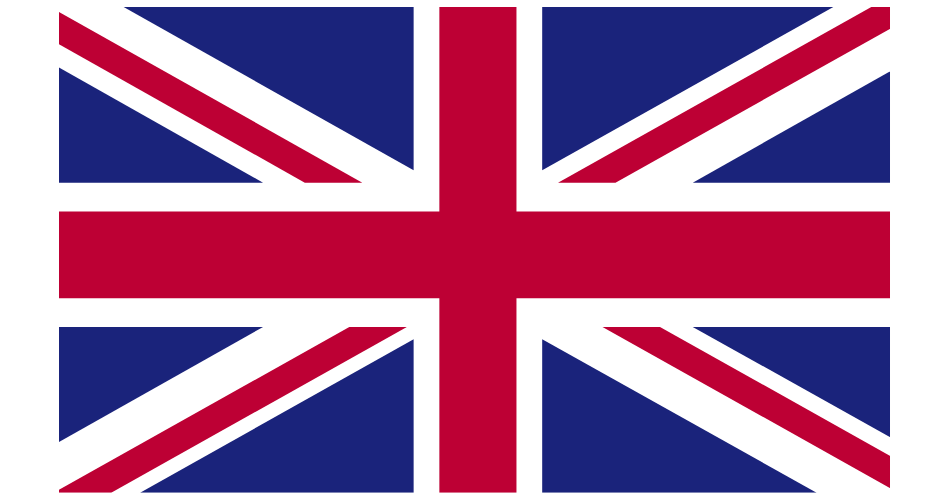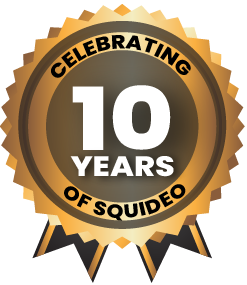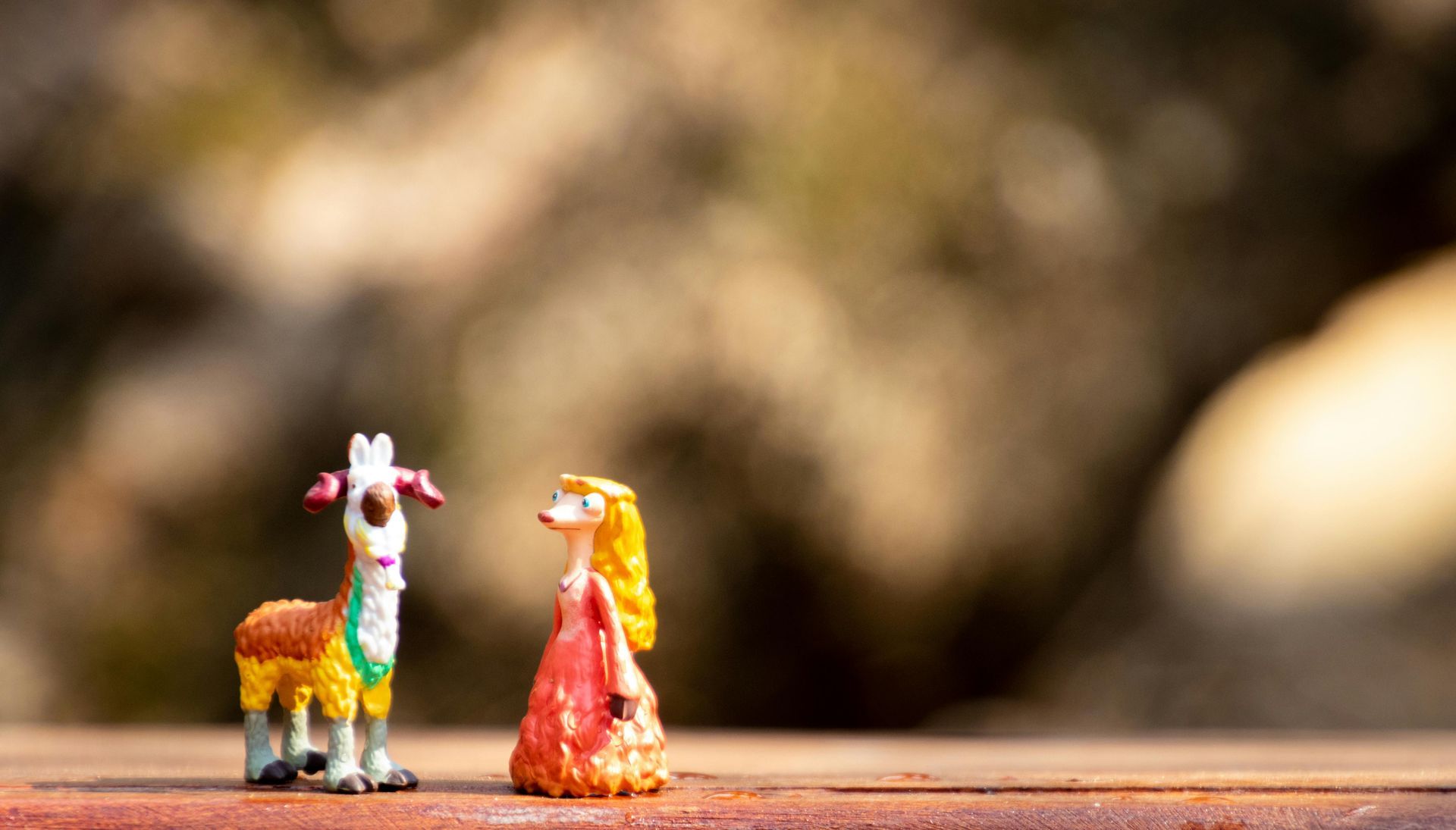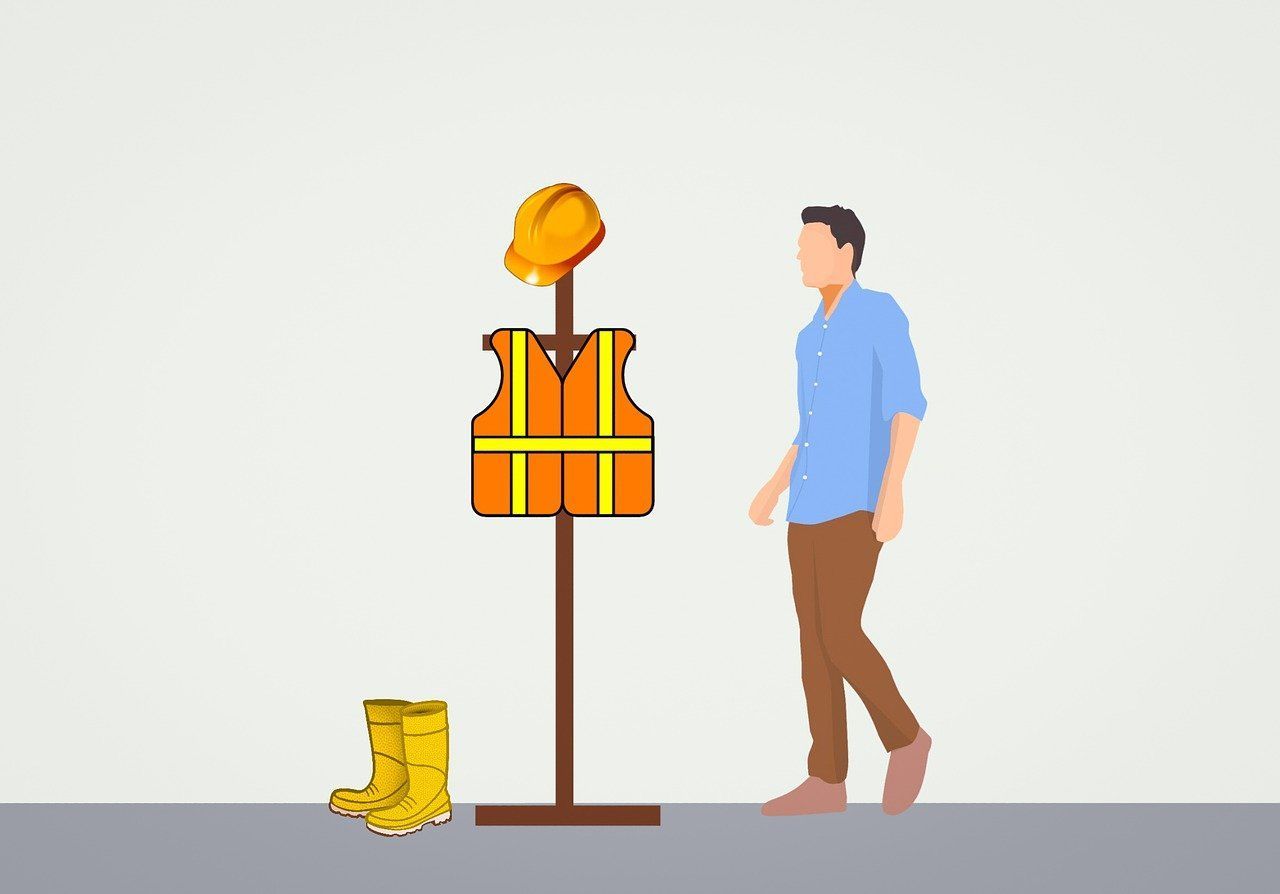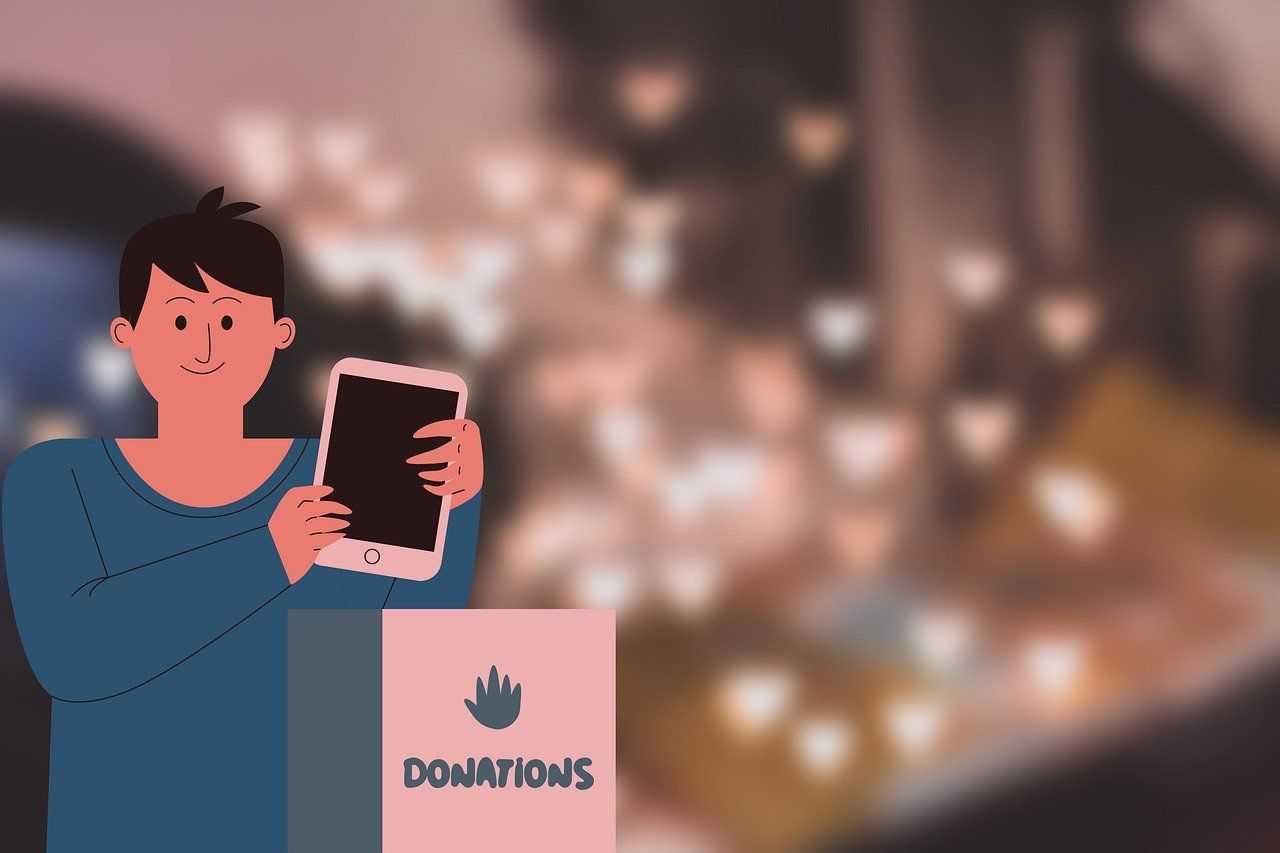Squideo’s Favourites: The Jungle Book
The last animated film made under the creative directorship of Walt Disney before his untimely death in 1966, The Jungle Book (1967) marked the end of Disney’s Silver Age. It has become an interesting milestone in the company’s history; reflecting the studio of old while showing the first signs of the company it would become without Walt Disney at its helm.
The Jungle Book has also been resurrected by Disney’s live-action remake series, the first of its modern remakes to adapt a non-Disney Princess story. The 2016 live-action and CGI film made changes to the plot of the 1967 version to correct outdated cultural depictions, but neither can be called faithful adaptations of Rudyard Kipling’s book of the same name. Like the 1967 version, the 2016 remake shows the progression of the Walt Disney Animation Studios and how it continues to innovate while preserving its founding principles.
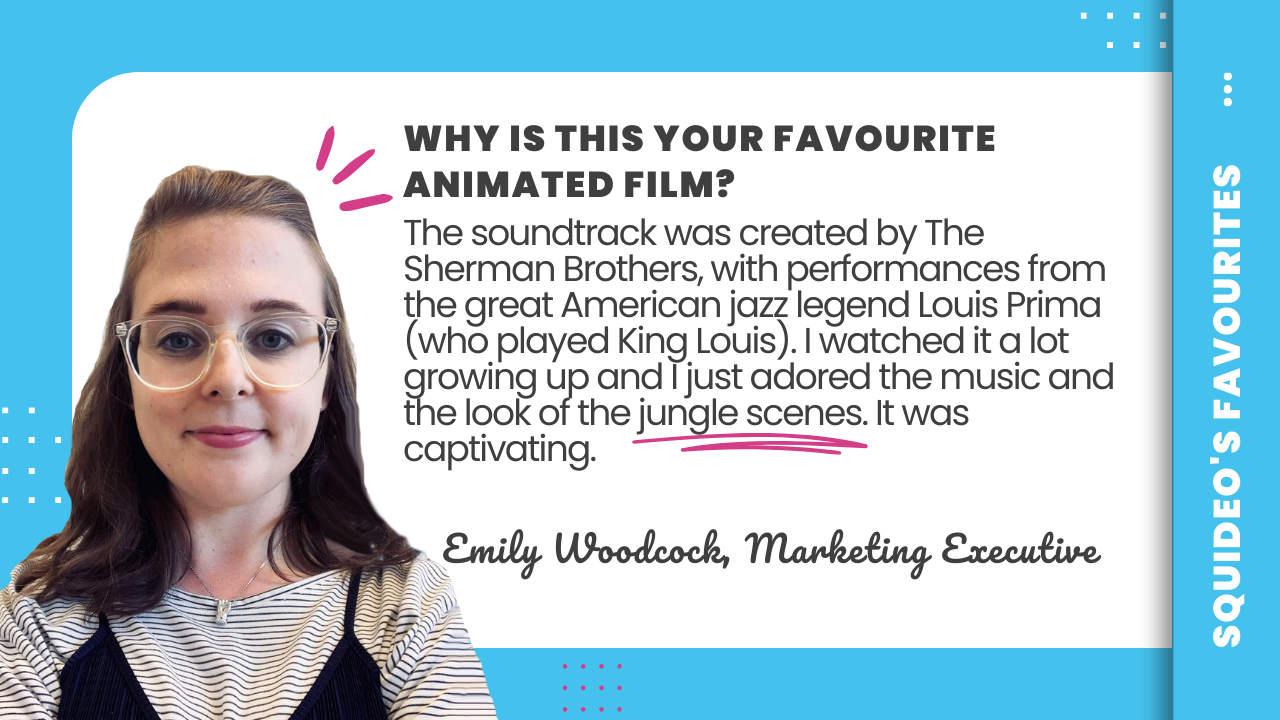
We’re diving into the production behind this animated film, exploring the style and techniques which came together to create this compelling story. In the meantime, if you have an idea for an animated video of your own get in touch with the Squideo team.
Creating a Story
The Jungle Book, by British author Rudyard Kipling, was published in 1894. This collection of stories were inspired by Indian folklore and Kipling’s experiences of living and working in India; but Disney’s adaptation of this popular children’s book reads very differently.
Throughout the 1950s and early 1960s, Walt Disney had drifted away from the animation department. He had been focused on Disneyland, the creation of WED Enterprises (later named Imagineering), live-action films and the development of Disney’s television programmes. The underwhelming performance of The Sword in the Stone (1963) compared to the success of One Hundred and One Dalmatians (1961), however, encouraged him to check in on the studio’s next animated feature film: The Jungle Book.
According to Brian Sibley, “what [Walt] found was that the team headed up by Bill Peet had come up with quite a sombre, dark, serious story – much more serious than any films they’d done in animation since the days of Pinocchio.” Peet and Walt Disney disagreed with the direction of the film, which ended in Peet leaving the company and Disney ordering work on The Jungle Book to be restarted.
Most of the original work was scrapped, with the exception of the song The Bare Necessities which was written by Terry Gilkyson (the song was nominated for an Academy Award). When Walt Disney assembled his new animation team, he asked if anyone had read Kipling’s book. They hadn’t, and Walt Disney said “the first thing I want you to do is not to read it."
He brought in the Sherman Brothers, who were enjoying newfound fame as a result of their work on Mary Poppins (1964). These songwriters were tasked with creating a lighter, family-friendly tone for the film. Meanwhile, the new animation team started production of The Jungle Book in 1965.
Like Disney’s other 1960s features, animators used xerography on the film. Ub Iwerks had adapted the Xerox process, first introduced during WW2, to work on film. This copying technique allowed animator drawings to be printed directly onto cels, massively speeding up the production process. It was first trialled on Sleeping Beauty (1959), and was used by Disney throughout the 1960s and 1970s. The technique also let the studio recycle cels, repurposing them for other animated films. Several cels were repurposed from The Jungle Book for Robin Hood (1973).

Animation Style
When character redesign started, animators wanted to base their characters – not on the descriptions provided by Kipling’s story – but on the voice actors. Similar to 1920s animation which used rotoscoping to trace motion picture footage of a human performer to create animated characters with life-like movement. The idea was to employ household names like Phil Harris (a bandleader and comedian) and Louis Prima (a jazz musician) and create characters which reflected their personalities. Additionally, while The Beatles ultimately didn’t appear in the film, the vulture characters were based on their mannerisms and the animators included their mop top hairstyles.
For one of the musical numbers, ‘I Wanna Be Like You’, animators used footage of Louis Prima and his band performing which they based the monkeys’ movements on. This song was later updated by Robert Sherman for the 2016 live-action adaptation, to address outdated cultural stereotypes and to incorporate plot changes. The 2016 version is much more sinister in comparison to the jazz-inspired 1967 song, reflecting an overall shift in the film’s visual style which aligns more closely with Bill Peet’s original idea.
While new animators had been hired to work on The Jungle Book in 1965, a lot of old hands remained. Most prominently were the members of Disney’s Nine Old Men. These animators were hired in the 1920s and 1930s, and all of them had worked on Snow White and the Seven Dwarfs (1937). They worked on every feature film until Peter Pan (1953), and six worked on The Jungle Book: Frank Thomas, Ollie Johnston, Milt Kahl, Eric Larson, John Lounsbery and Wollie Reitherman.
Both Thomas and Johnston – who acted as directing animators for the film’s main characters – went on to write Disney Animation: The Illusion of Life (1981) after their retirement from the company; which is still considered a key textbook for animators.
Despite the longevity of these animators, Walt Disney still told them when he thought a film was going wrong. Which included their work on The Sword in the Stone: “Walt was not a fan of the previous film in terms of styling. Walt thought there was too much colour in the backgrounds. He would even say in these notes [he wanted] a more monochromatic look for the backgrounds, a nice backdrop for the characters.”
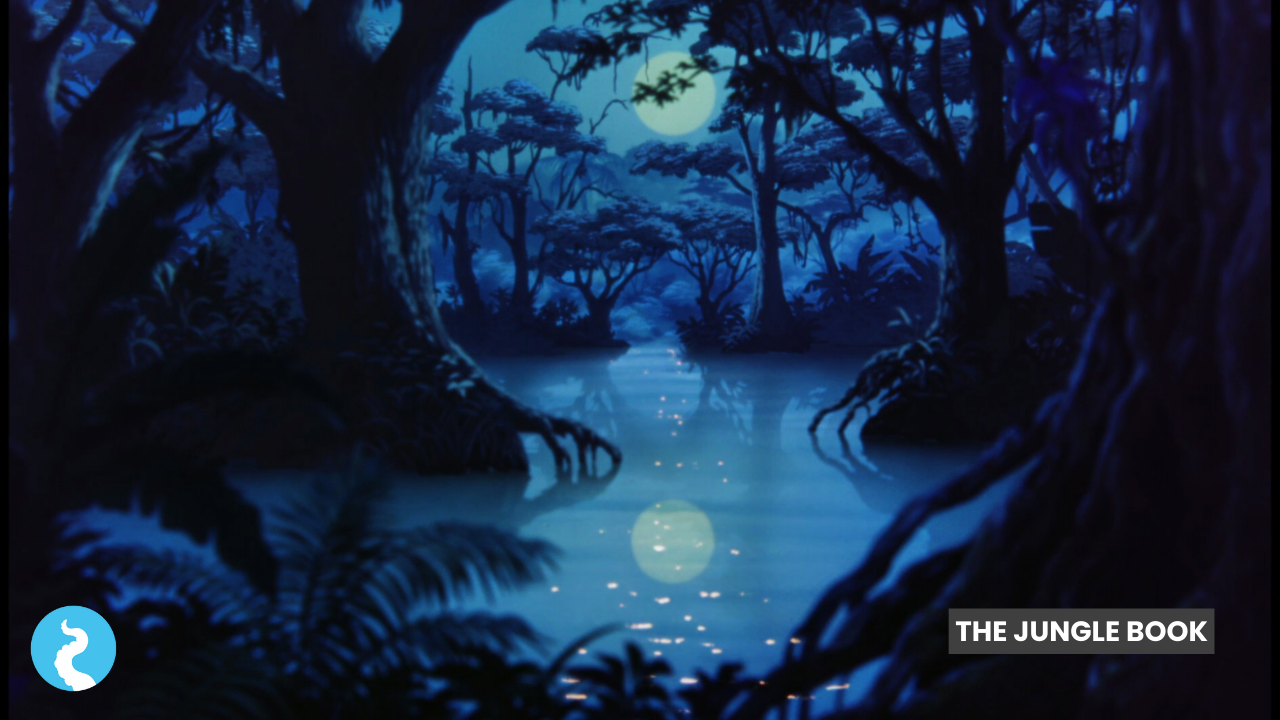
This role of Walt Disney and his Nine Old Men kept a consistency in the company’s animated films for thirty years, and there are parallels to be made between their first film together – Snow White and the Seven Dwarfs – and their last: The Jungle Book.
By contrast, the live-action remake of The Jungle Book shows how vastly the company has changed since Walt Disney’s death in 1966. The company made its last 2D animated feature film in 2011, and its biggest hits of the 21st century – such as Frozen I and II – have been created with CGI. It also puts a lot more stock in film sequels, which Walt Disney resisted making. The Jungle Book didn’t get a sequel until 2003.
And yet the film also signalled what was to come. Employing well-known voice actors, including pop culture references, and releasing a soundtrack with several hits instead of one major song. The Jungle Book stands on the precipice of the Disney studio of old and Disney the multinational conglomerate.
“At the end of the movie Mowgli wakes from the dream of jungle boyhood and steps into the human world. This threshold moment is followed by the bittersweet departure of Bagheera the panther and Baloo the bear back into the forest, a curtain call on the final film of Walt Disney himself and the achievements of 60 years of dedicated pencil animation.” David Surman
Get Started With Your Video
Inspired to create a unique animated video of your own? Watch the video below to get a better understanding of how Squideo can help promote your business, then get in touch with us to find out more!


